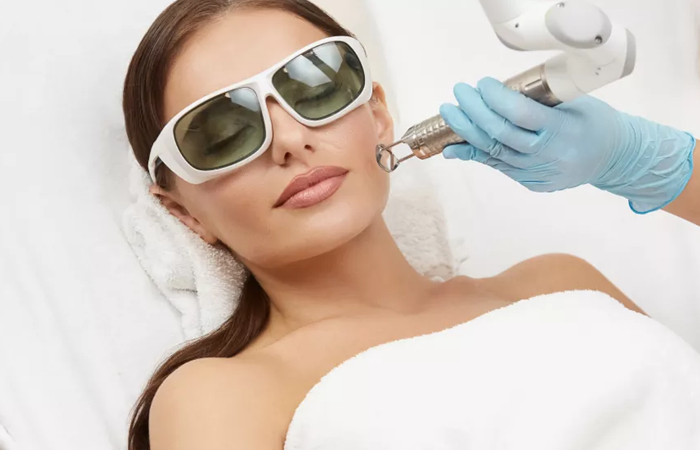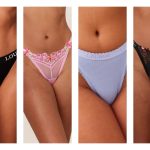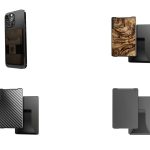Laser skin resurfacing or laser skin rejuvenation is a cosmetic procedure designed to reduce fine lines and wrinkles around the face, neck, and chest. It’s also used to tighten loose skin on the hands and arms. The treatment works by removing damaged layers of the outermost layer of skin to promote new collagen production.
There are several types of skin resurfacing treatments, including:
There are differences between these procedures in terms of effectiveness, cost, recovery time, and side effects. Your skin care provider will help you decide which procedure is suitable for your needs.
Using a laser to resurface the skin targets two critical processes in aging: Excessive production of collagen and overproduction of elastin fibers. The primary way the laser affects the skin is by removing small amounts of damaged tissue and stimulating collagen production. Laser treatment also improves the appearance of sun-damaged skin by removing scars and reducing broken blood vessels and spider veins.

The laser works at a wavelength of about 1064 nanometers. In addition to removing damaged skin, the laser can also be used to remove broken blood vessels and spider veins. The most common side effects include:
Laser resurfacing is generally considered safe on the face and neck. If done too aggressively, it can damage blood vessels and nerves in the area, leading to a loss of sensation in the skin or even permanent nerve damage. This has been called “laser burn”, but it is more aptly described as partial thickness thermal injury (similar to a burn). The reported risk of thermal injury with ablative lasers for facial resurfacing is about one per thousand treatments, but the incidence may be underreported. The procedure can be performed on the back, arms, hands, and thighs.
The procedure involves a series of 3 to 12 treatments, depending on the laser used. Laser resurfacing is more effective in areas with broken blood vessels and large pores. It may take six months for the skin to heal, but most people can return to normal activities after about a week.
Laser resurfacing is typically performed at an aesthetic or medical spa facility by a licensed aesthetician or plastic surgeon. Many clinics have patients who work closely with an aesthetician who provides education and follow-up care before and after treatment.


